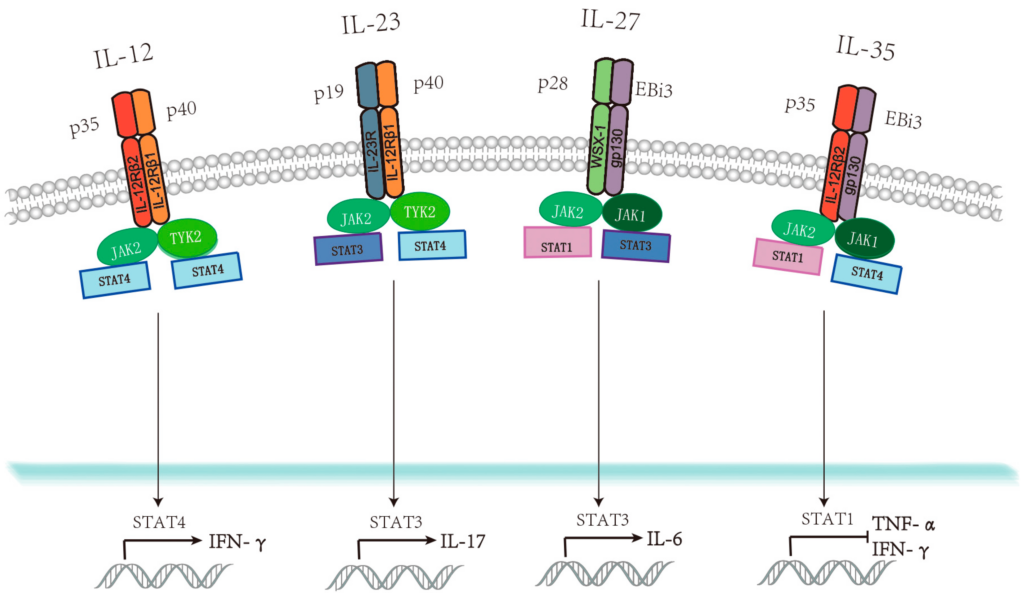Blog Post
Decoding Immunological Enigma: A Chronicle of Interleukin-27 (IL-27)
Embark on an enlightening journey through the annals of immunology as we unravel the compelling narrative of Interleukin-27 (IL-27). From its initial discovery as a cytokine duo to the evolving comprehension of its multifaceted role in immune modulation, this exploration sheds light on IL-27’s enigmatic presence in our body’s defense mechanisms.
1. Emergence of a Cytokine Duo: IL-27’s Debut in the Immunological Stage
Our odyssey commences in the early stages of IL-27’s identification, where the scientific community stumbled upon a unique cytokine duo. Comprising the p28 and Epstein-Barr virus-induced gene 3 (EBI3) subunits, IL-27 emerged as a distinctive player in the intricate symphony of immune signaling.
As researchers navigated the complexities of cytokine networks, IL-27’s dual nature began to unfold. The p28 subunit, specific to IL-27, and EBI3, shared with IL-35, added layers of complexity to its functional identity. The quest to comprehend the orchestration of immune responses was enriched by IL-27’s inclusion, paving the way for in-depth investigations into its immunomodulatory capacities.
2. Orchestrating Immune Harmony: Structural Revelations and Functional Dynamics
The narrative takes a captivating turn with the revelations of IL-27’s structural intricacies and functional dynamics. Scientific pioneers, armed with cutting-edge techniques, delved into the molecular architecture that defines IL-27’s role in immune regulation. This marked a pivotal chapter, unraveling how IL-27 influences immune cells and impacts the delicate equilibrium between inflammatory and regulatory forces.
Structurally, IL-27 showcases a distinctive heterodimeric composition, with the p28 and EBI3 subunits forming an intricate pairing. This unique architecture translates into multifaceted functions, ranging from immune activation to suppression, depending on the context of the immune milieu. As scientists unveiled the mechanisms by which IL-27 modulates immune responses, its significance in infectious diseases, autoimmune conditions, and cancer immunology became increasingly apparent.
As we traverse the intricate landscape of IL-27, we invite you to join the exploration of its role in health and disease. Stay tuned for further chapters in this saga, where we dissect IL-27’s impact on immune homeostasis and its potential implications for therapeutic interventions.


